Concussion and cycling: the life-saving facts
Knocks to the head aren’t uncommon in cycling — but every single one must be taken seriously and treated with extreme caution, as Michelle Arthurs-Brennan finds out

Toms Skujins crash at the Tour of California 2017 (Tim De Waele/Getty)

If you want to see how serious concussion can be, look no further than the footage of Latvian pro Toms Skujiņš crashing on a descent in the 2017 Tour of California.
He picks himself up and stumbles helplessly across the road — into the path of a fast-descending chase pack, which narrowly manages to avoid him. Horrifyingly, he is helped back on to his bike by a motorcyclist, then zigzags all over the road, almost hits a curb, and carries on — inexplicably, no one stops him. The video has been viewed over 200,000 times on YouTube.
>>> Subscriptions deals for Cycling Weekly magazine
Skujiņš’s team managers at what was then Team Cannondale-Drapac could only watch from afar as they negotiated the melee of team cars to try to reach him. Incredibly, the Latvian rode another 10km in a severely disorientated state.
The moto rider who assisted Skujiņš back on to his bike was only trying to help. But in this case, what was needed was a firm, non-negotiable 'no'. CW contacted Skujiņš to ask what had happened that day. “I rode for another 10 to 15 kilometres that I actually don’t recall at all," he told us. "Once I realised where I was and registered my surroundings, I was pretty ready to step off the bike."
>>> Cycling Weekly is available on your Smart phone, tablet and desktop
The 28-year-old, who is Latvian national champion, now rides for Trek-Segafredo. He took his recovery very seriously and spent days in a dark hotel room, avoiding screens and resting his brain, not returning to the bike until eight days later — and even then, only for a one-hour turbo trainer spin. Only once he had completed a concussion protocol test, assessing his reaction times and memory, did he return to the road. "Pro cycling doesn’t take concussion seriously enough,” Skujiņš reflected. “It has taken people having problems after concussion for it to get better."
Get The Leadout Newsletter
The latest race content, interviews, features, reviews and expert buying guides, direct to your inbox!
What is concussion?
Concussion is a form brain injury that can occur after an impact to the head or following a whiplash-type incident. It is the result of the brain being shaken inside the skull. In most cases, the symptoms — which include dizziness, nausea and confusion — will clear up in a matter of days. But serious complications can arise, with repercussions that can last years.
Every expert CW spoke to in researching this article told us it’s better to be overcautious and get a thorough medical check. Bear in mind, often the person with concussion is in the worst position to make a call, so if you’re riding with someone who hits their head and shows any symptoms, you need to make sure they see a doctor and ensure they are monitored in the coming days.
The chances of further injury to the brain are elevated substantially after the initial concussion, and can remain higher than baseline for months. Repeated concussions have been associated with an increased risk of dementia in later life (a particular concern in contact sports such as rugby). There are no universal rules on when an athlete should be withdrawn from sport and how to treat concussion, so navigating a return to activity isn’t straightforward.
"Often, people go to A&E or a GP and are told ‘you probably had concussion, and it’ll get better over time’," says consultant neurologist Richard Sylvester. “They’re not given much advice as to what they should or shouldn’t do, and what to do if things aren’t getting better."
Confused guidelines
Sylvester deals with brain injury patients every day, and provided input for concussion clinics at the Institute of Sport and Exercise Health. He points out that, while the National body Sports Scotland has devised guidelines for all to follow, in England the story is confusing — each sport’s governing body is responsible for its own protocol. "This makes life confusing for recovering athletes," says Sylvester.
“I think non-specialist doctors are also quite confused." How would he improve the situation? "My view would be to have a set of fairly stringent standardised guidelines across sports, which would mean we end up [being overcautious] with some people, but that’s probably the safer option."
In May this year, British Cycling introduced a new concussion protocol — months after the death of 23-year-old US track cyclist Kelly Catlin. Three-time world champion Catlin died by suicide in March this year, and though no definite link can be drawn between her head injury and her death, family members reported that her personality changed after she sustained concussion in the accident.
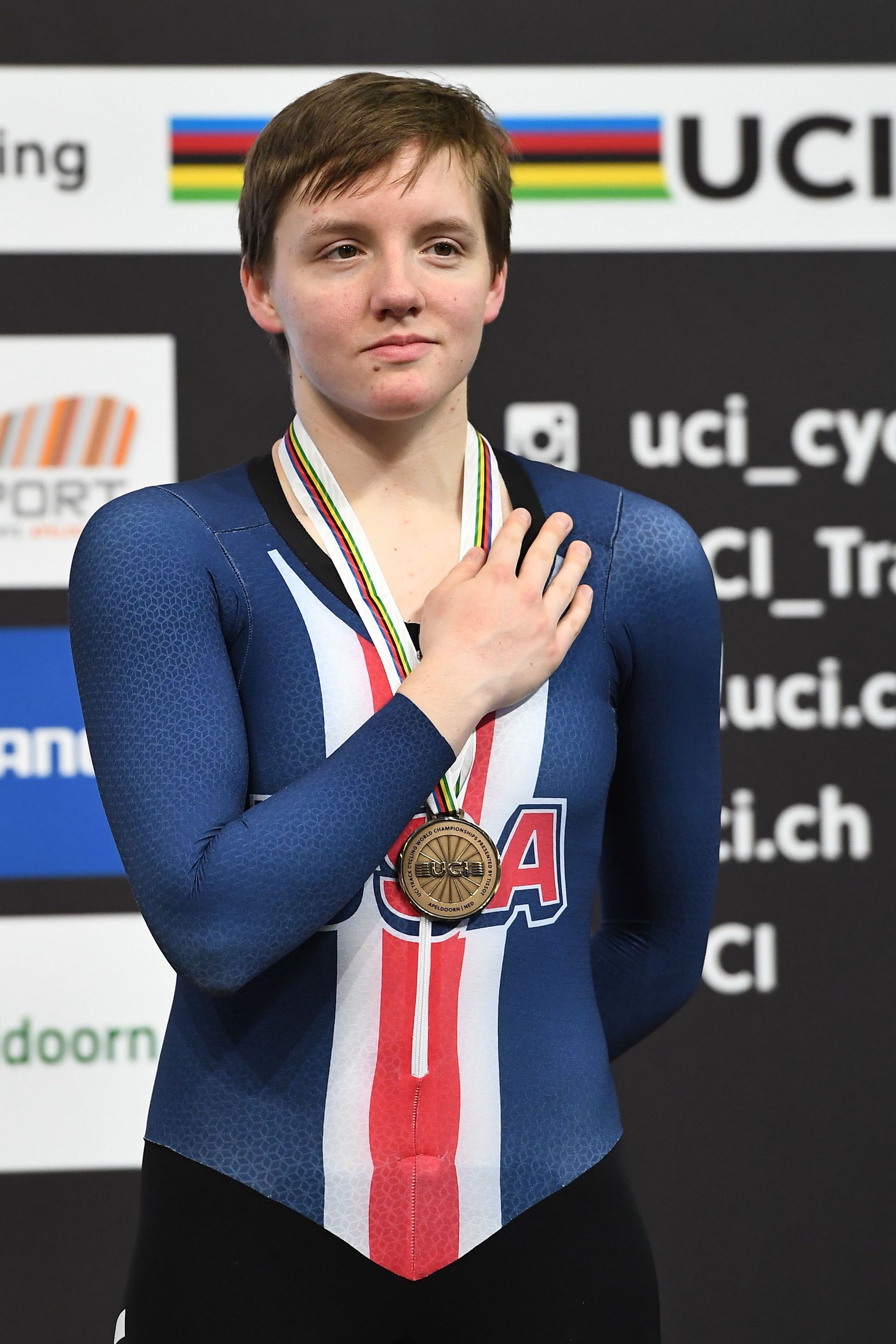
Take your time
Cyclists coming back from a head injury should rest until free of symptoms before returning to work, let alone cycling. A medical expert should be kept updated along the way. If a return to work goes well, you can begin to reintroduce sport, slowly. First, pedal on a static trainer, away from risk.
"We know from a lot of sports that even when you’ve fully recovered from the symptoms of concussion, your risk of further injury is raised significantly for up to six months afterwards," says Sylvester. Experts believe this prolonged period of elevated risk may be down to inhibited reactions and co-ordination.
For most people, recovery is reasonably swift. But in more serious cases, it’s a long road. "Most people feel back to normal in 72 hours,” says Sylvester. “At follow-up six to eight weeks later, 90 per cent feel back to normal."
Based at the National Hospital of Neurology and Neurosurgery, Sylvester works mostly with the 10 per cent whose symptoms do not subside quickly. "People with long-term concussion can be split into two groups: those who suffer with headaches, almost always migraines, and who often need treatment from a specialist; and those who have problems with the vestibular system: the link between your eyes, brain and balance in your ears." This latter group can suffer from dizziness, nausea and problems with balance. In this case, specific physiotherapy is needed.
Personality change
Finally, some people experience changes in mood or personality. "I see a lot of psychiatric problems after concussion," says Sylvester. "It’s difficult to know whether it has been caused by the injury or if it’s unmasked an existing tendency."
It is thought brain chemistry may be altered by concussion, sparking psychological consequences, and also that it can trigger a response akin to post-traumatic stress. "We know that after concussion people’s judgment is not very good," Sylvester continues, "which can present a problem — the rider is often the worst person to assess whether they are OK."
The current situation is not ideal, but there is a way we can all work to make it safer: know the symptoms, understand the seriousness, and react when you think someone is at risk. Skujiņš backs up this proactive advice: "The thing we can do as riders,” he says, “is understand [concussion] ourselves. As riders and team-mates, we need to be knowledgeable.”
For Skujiņš, knowing about head injuries is a professional responsibility: "As pros, we’re only riding bikes professionally for 10 or maybe 15 years. You still have to live your whole life [afterwards], so it’s not worth doing damage from which you’ll suffer the consequences for years to come. You only have only one brain."
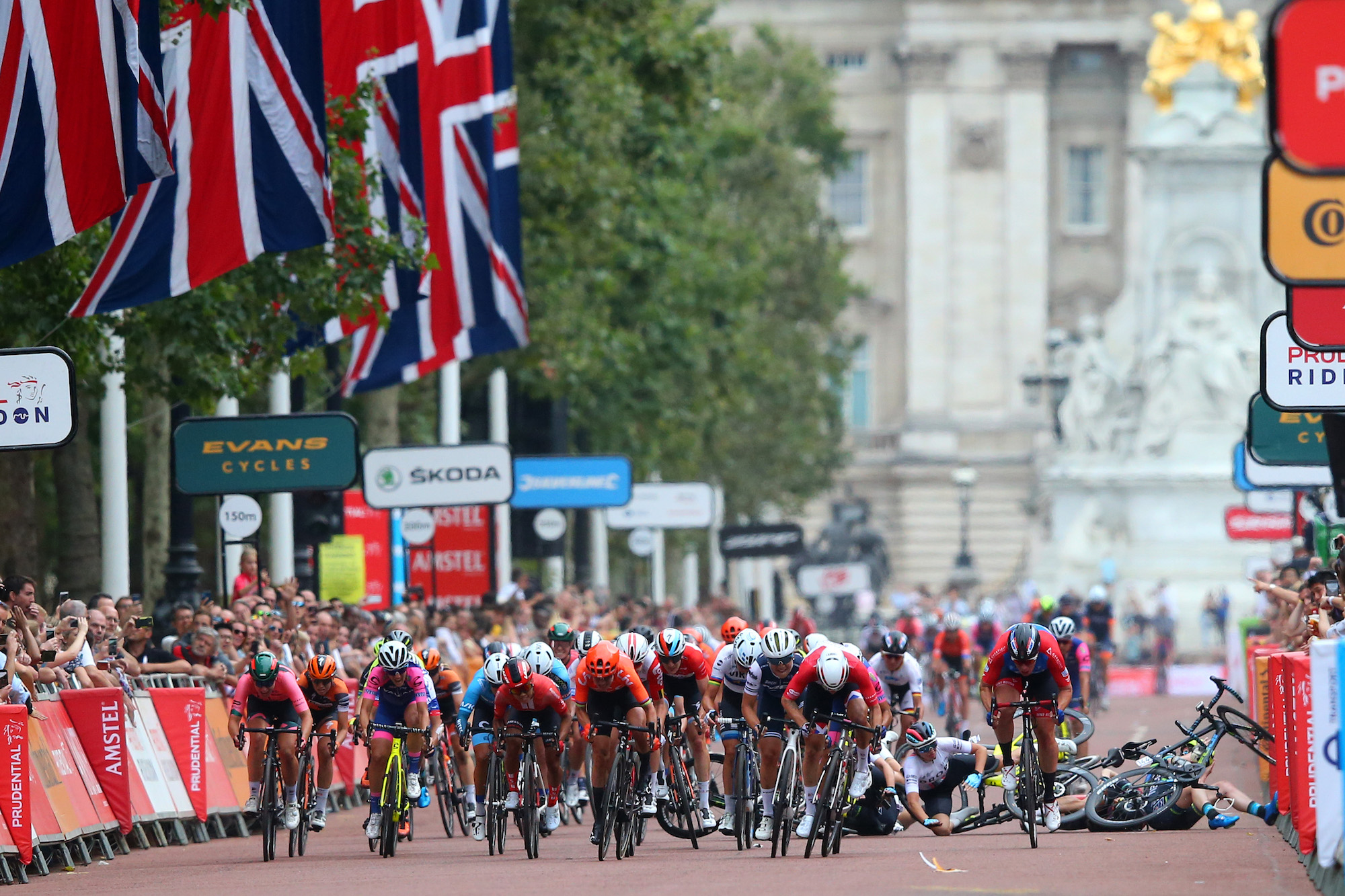
Cycling helmets are currently tested for their ability to protect by absorbing impact energy — rather than reducing rotational forces, which experts say can be the cause of concussion. "I don’t think there’s much debate on whether wearing a helmet is a good thing or bad thing," says brain doctor Richard Sylvester, "but whether they are actually protective for concussion is a different question. It’s not the direct impact that’s the issue, it is shearing force from the rotation, which a standard helmet cannot protect you from, because it’s taking place inside the skull."
Wearing a helmet is worthwhile, but can’t be relied on to prevent the sudden rotational movement (and force) that causes concussion. "At the moment, most people wear standard helmets — which is a good thing," continues Sylvester, "but doing so doesn’t mean you can’t get a concussion. People sometimes assume they’re not concussed simply because their helmet isn’t broken — that’s not true. It’s the rotation rather than the direct impact that is often the cause."
Research has suggested that conventional helmets may even exacerbate this particular risk. "There is evidence suggesting helmet use can increase the risks of neck and brain injuries due to rotational force impacts," Sam Jones, Cycling UK’s senior campaigns officer, told CW. “When the brain rotates within the skull on impact, this can cause subdural haematoma or diffuse axonal injury, two of the most common causes of very serious brain injuries."
There are systems designed to protect against the rotational motion associated with concussion — such as the MIPS (Multi-Directional Impact Protection System) Brain Protection System. The Swedish brand has long campaigned for a change in the testing protocol.
Max Strandwitz, CEO at MIPS, told us: "To make testing standards as close to real life accident testing as possible they need to include testing for rotational motion." It’s a design feature worth considering, according to Strandwitz. "If you want to protect not only your skull but also your brain, we recommend wearing a helmet that is equipped with proven rotational motion protection.”
Concussion recovery - ‘It’s going to be a long road back’
Experienced rider Aoife Doherty, 35, was cycling on holiday in Colombia in January when she hit a cat’s eye on a descent and crashed — sustaining a head injury from which she is still recovering now.
"My memory is so bad now that I’ve had to learn to take notes on everything and use my calendar religiously. Memories from the three months around the accident are just starting to come back. "Recovery varies - it was one thing the experts could never give me an answer on. The brain is such an unknown. Everyone recovers at different rates.
After being discharged from the Homerton Transitional Neurological Rehabilitation Unit [in London], I was referred to an adult community team, and the support has been amazing. Since my accident a lot of cyclists have told me stories of their own experience: it’s a mixed bag — not everyone gets the same support.
"I’m a freelance designer, and a psychologist at the Homerton said it would be around six months before I would return to work. At the time, that was the worst news, but now I realise that’s probably right.
"Cycling was such a huge part of my life before the crash. I want to get back but I’m not sure whether I’ll return to racing. Fatigue is such a big thing in a brain injury. You cannot do as much throughout the day as you used to.
"My world has changed: I’m not working, I’m not riding my bike or doing all the things I used to. There’s this mentality that life is constantly about moving forwards. But sometimes you don’t have to be moving forwards; sometimes you can just relax a little bit."
A pro’s story - ‘Awareness is growing among the pros’
Olympic pursuit champion Elinor Barker, who sustained a concussion at the RideLondon Classique women’s race in August, believes awareness is growing among the pro peloton.
"I’ve been a bike rider for about 15 years, so I’ve hit my head a few times! I remember coming back from a race when I was about 14 years old. I’d hit my head quite hard, and I was being sick. I remember saying, ‘Oh, don’t worry about it, it’s just a bit of concussion’. That was a really daft thing to say.
"Things are changing now. We’ve got concussion protocol posters up everywhere at the velodrome, so this time around I knew to be cautious. Initially after the RideLondon crash, I didn’t know what had happened.
“I also had some lingering symptoms: a lot of sensitivity to light and noise, and difficulties with concentration and memory, so I started keeping a diary.
"I was told I had to have 24 hours completely symptom-free before I was allowed to ride for 15 minutes at a low heart rate. After another 24 hours with no symptoms, I was allowed to ride 30 minutes, then after another 24 hours, I could increase it to one hour. After that, I had to see a doctor for a full assessment.
"I’ve been taken care of so well by my family and friends; I’ve literally not spent a minute alone. It’s upsetting that concussion has not been taken more seriously. Kelly Catlin’s death was really tragic. I think it would be even more tragic if we didn’t learn from it."
This feature originally appeared in the print edition of Cycling Weekly, on sale in newsagents and supermarkets, priced £3.25.

Thank you for reading 20 articles this month* Join now for unlimited access
Enjoy your first month for just £1 / $1 / €1
*Read 5 free articles per month without a subscription

Join now for unlimited access
Try first month for just £1 / $1 / €1
Michelle Arthurs-Brennan the Editor of Cycling Weekly website. An NCTJ qualified traditional journalist by trade, Michelle began her career working for local newspapers. She's worked within the cycling industry since 2012, and joined the Cycling Weekly team in 2017, having previously been Editor at Total Women's Cycling. Prior to welcoming her first daughter in 2022, Michelle raced on the road, track, and in time trials, and still rides as much as she can - albeit a fair proportion indoors, for now.
Michelle is on maternity leave from April 2025 until spring 2026.
-
 Cycling's riders need more protection from mindless 'fans' at races to avoid another Mathieu van der Poel Paris-Roubaix bottle incident
Cycling's riders need more protection from mindless 'fans' at races to avoid another Mathieu van der Poel Paris-Roubaix bottle incidentCycling's authorities must do everything within their power to prevent spectators from assaulting riders
By Tom Thewlis Published
-
 Why Paris-Roubaix 2025 is proof that road bike tyres still have a long way to go
Why Paris-Roubaix 2025 is proof that road bike tyres still have a long way to goParis-Roubaix bike tech could have wide implications for the many - here's why
By Joe Baker Published
-
 Is there a best time to train? A sports scientist investigates
Is there a best time to train? A sports scientist investigatesMost of us ride our bikes whenever we get chance, but is there a best time of day when you’ll unlock the most potential and make maximum gains? Sports scientist Dr Mark Homer investigates
By Cycling Weekly Published
-
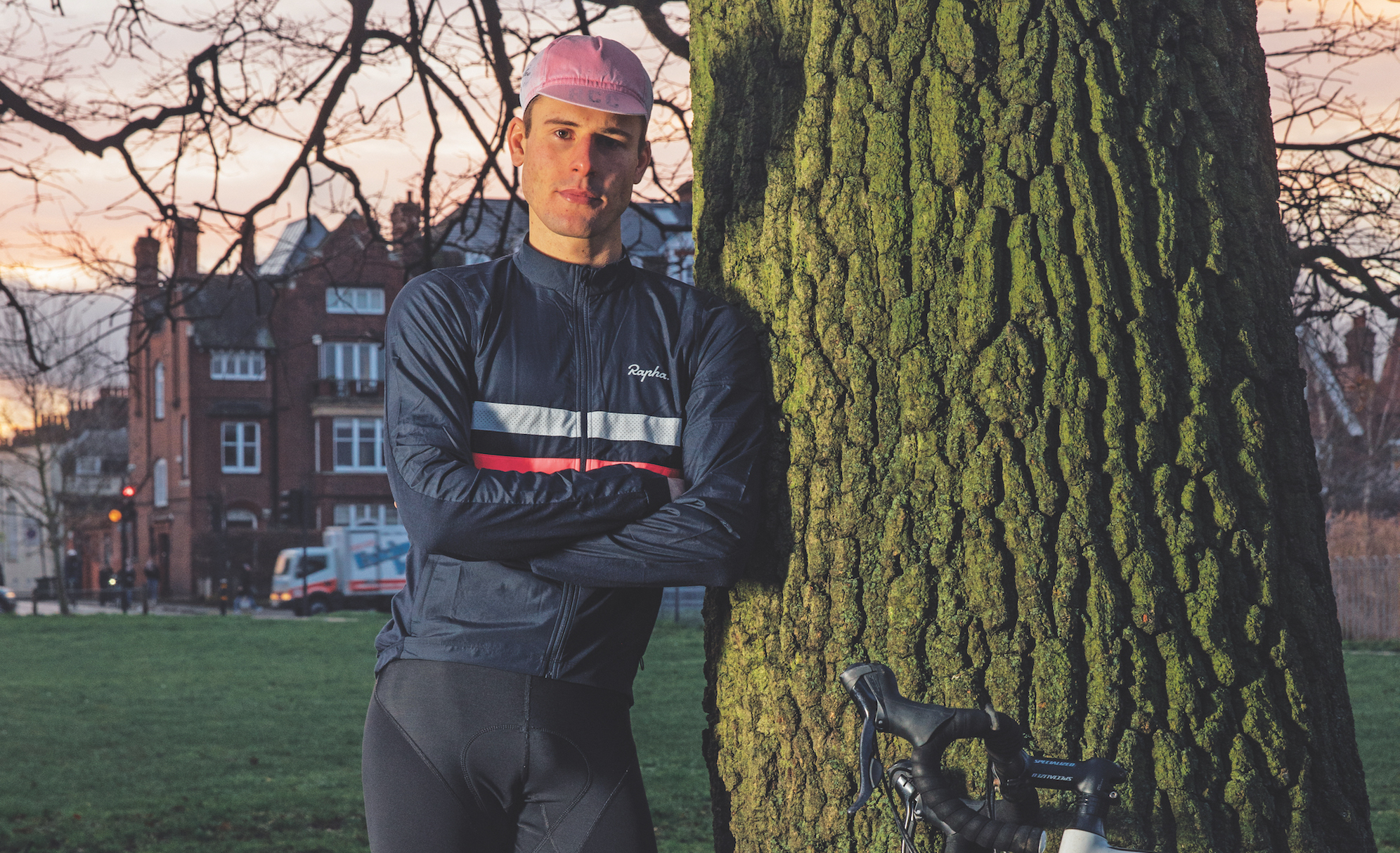 Sweet success: How I won Red Bull Timelaps as a diabetic rider
Sweet success: How I won Red Bull Timelaps as a diabetic riderType-1 diabetic George Kirkpatrick is on a mission to prove that compromised blood sugar control is no barrier to success — however long the race
By David Bradford Published
-
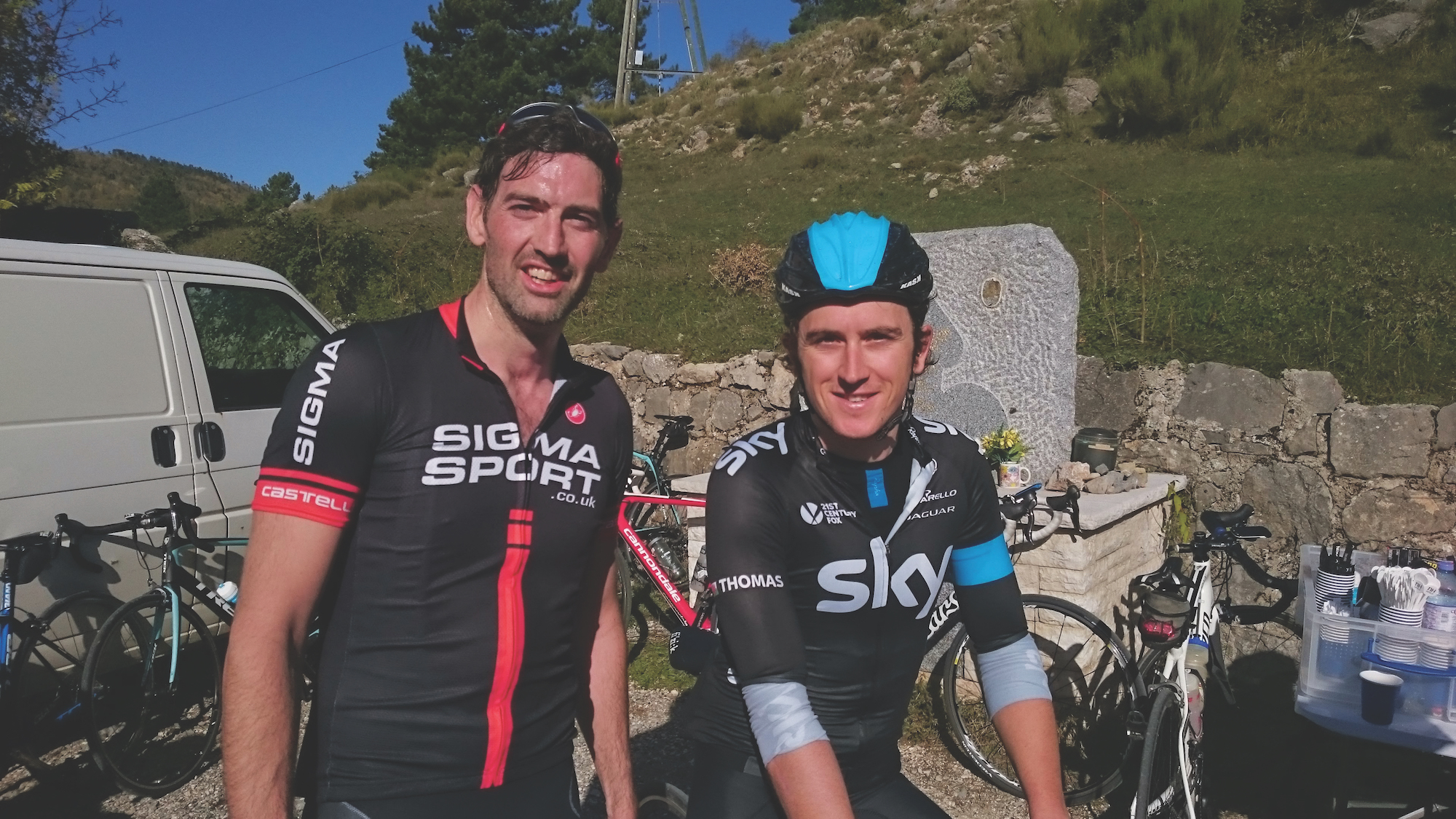 'I was going hard while Geraint was sitting up chatting': Five types of riders to help you succeed
'I was going hard while Geraint was sitting up chatting': Five types of riders to help you succeedThere’s no mightier influence on your fitness than fellow cyclists — friends and foes. Sports psychologist Dr Josephine Perry identifies five archetypal riders who could prove pivotal to your progress
By Josephine Perry Published
-
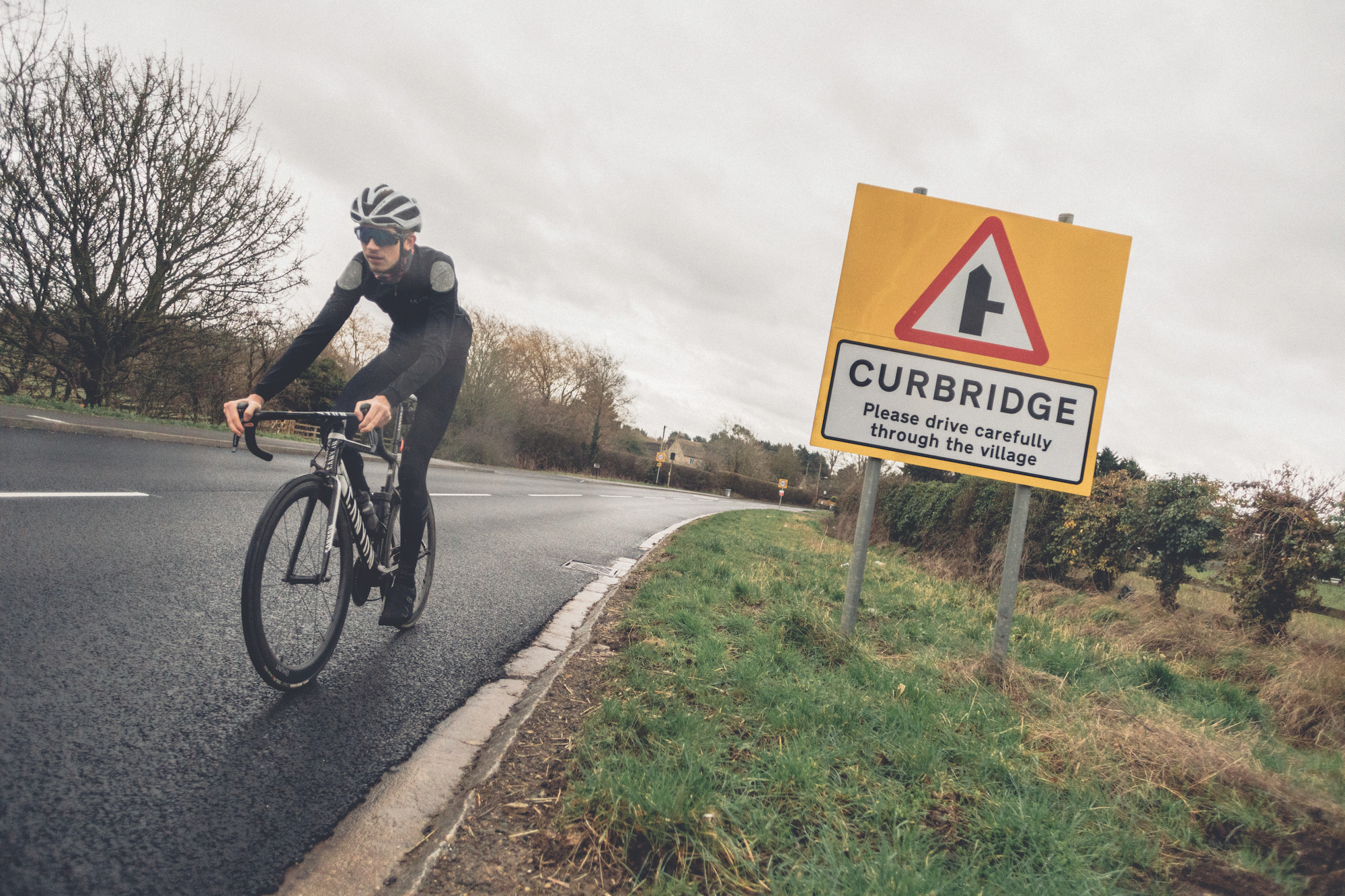 Is this Britain's smoothest road?
Is this Britain's smoothest road?A new high-tech road surface in Oxfordshire could herald a cycling revolution, we rode it to find out more
By Vern Pitt Published
-
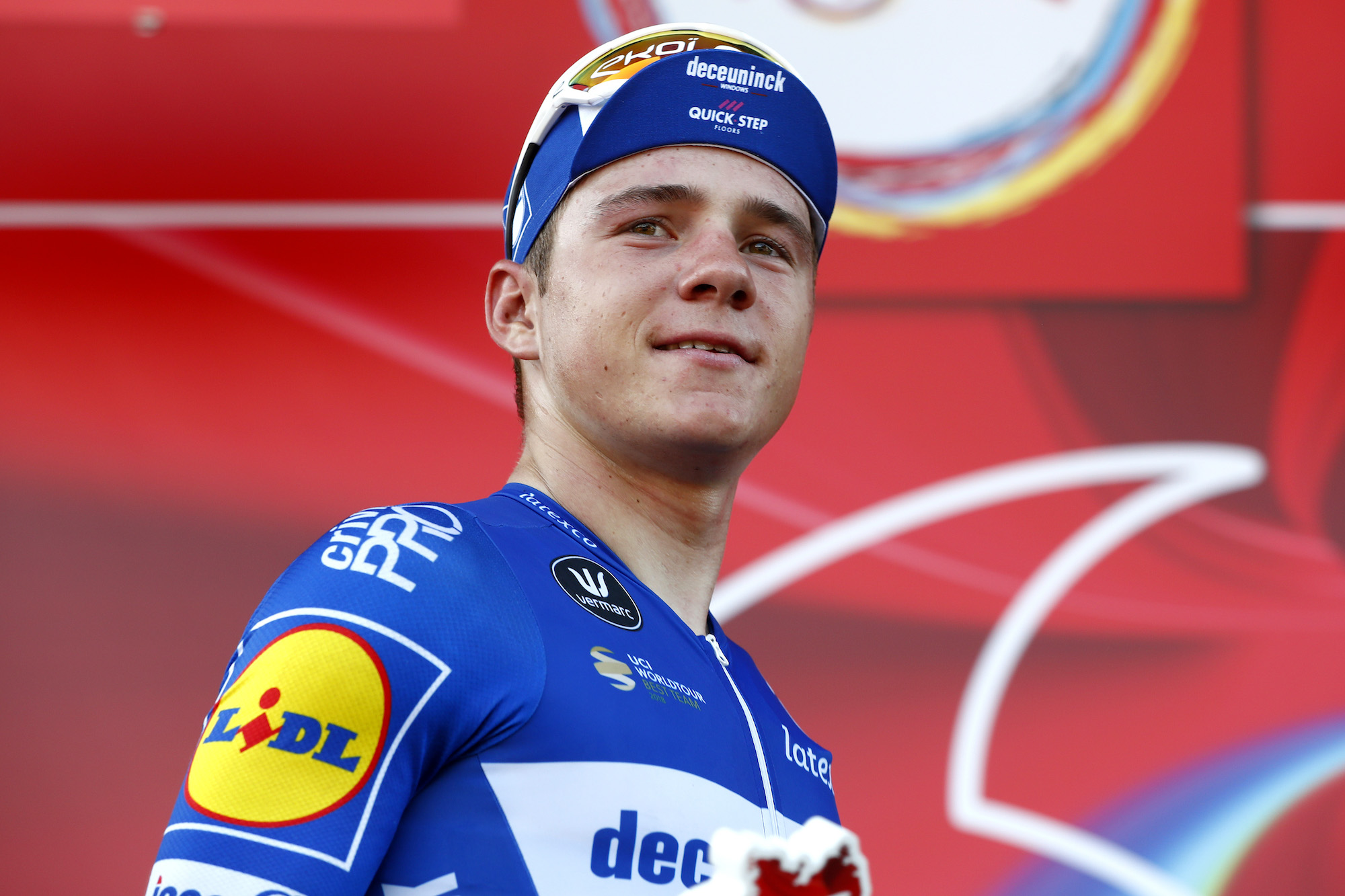 'If you’re good enough, you’re old enough': Cycling's golden generation are turning perceived wisdom on its head
'If you’re good enough, you’re old enough': Cycling's golden generation are turning perceived wisdom on its headHow cycling's golden generation are ripping up the rule book
By Peter Cossins Published
-
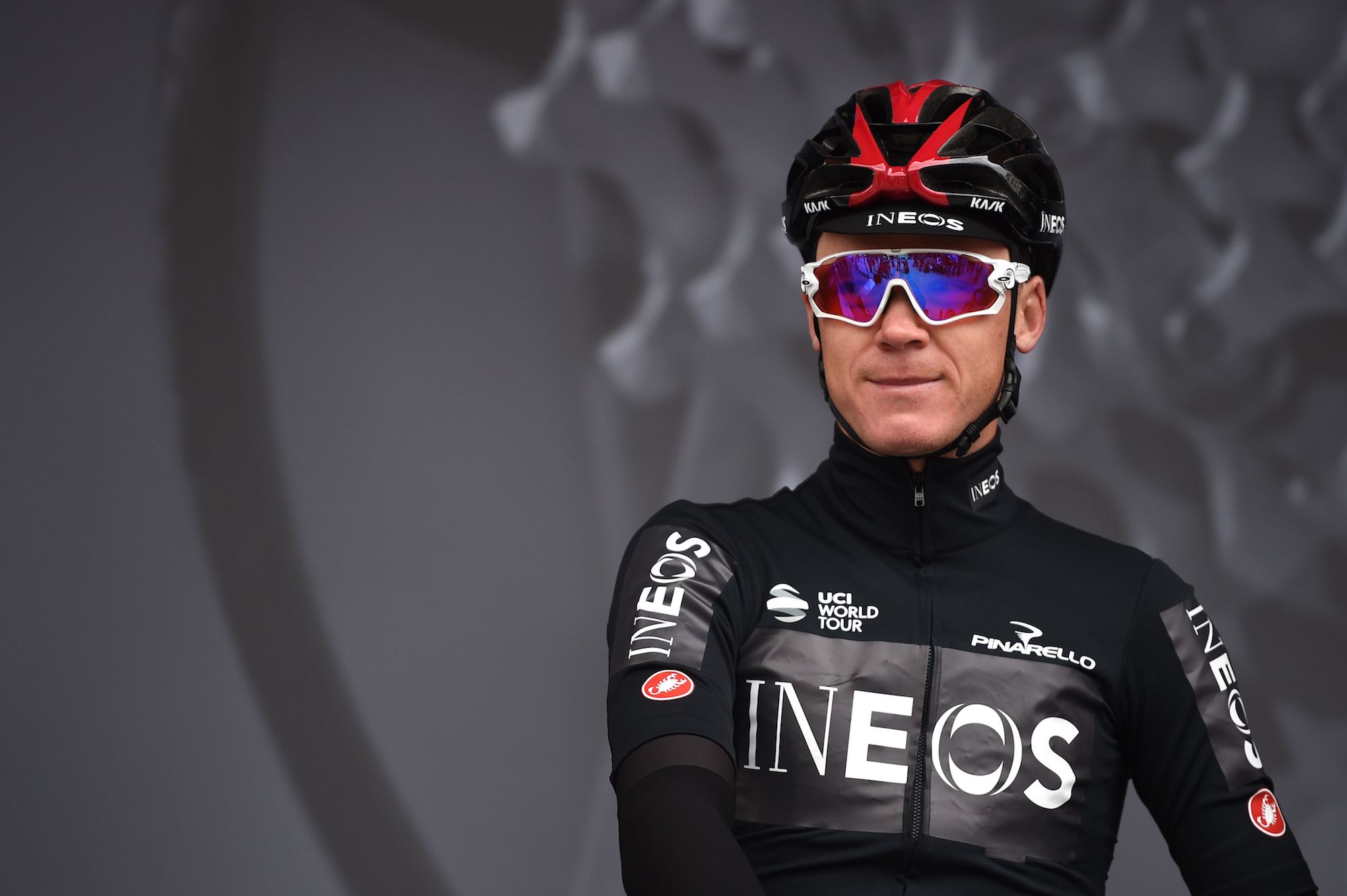 Why Chris Froome shouldn't be dismissed from the Tour de France reckoning
Why Chris Froome shouldn't be dismissed from the Tour de France reckoningAs he makes his return to racing at the UAE Tour, Froome's ambition of taking a fifth Tour title shouldn't be ruled out just yet
By Peter Cossins Published
-
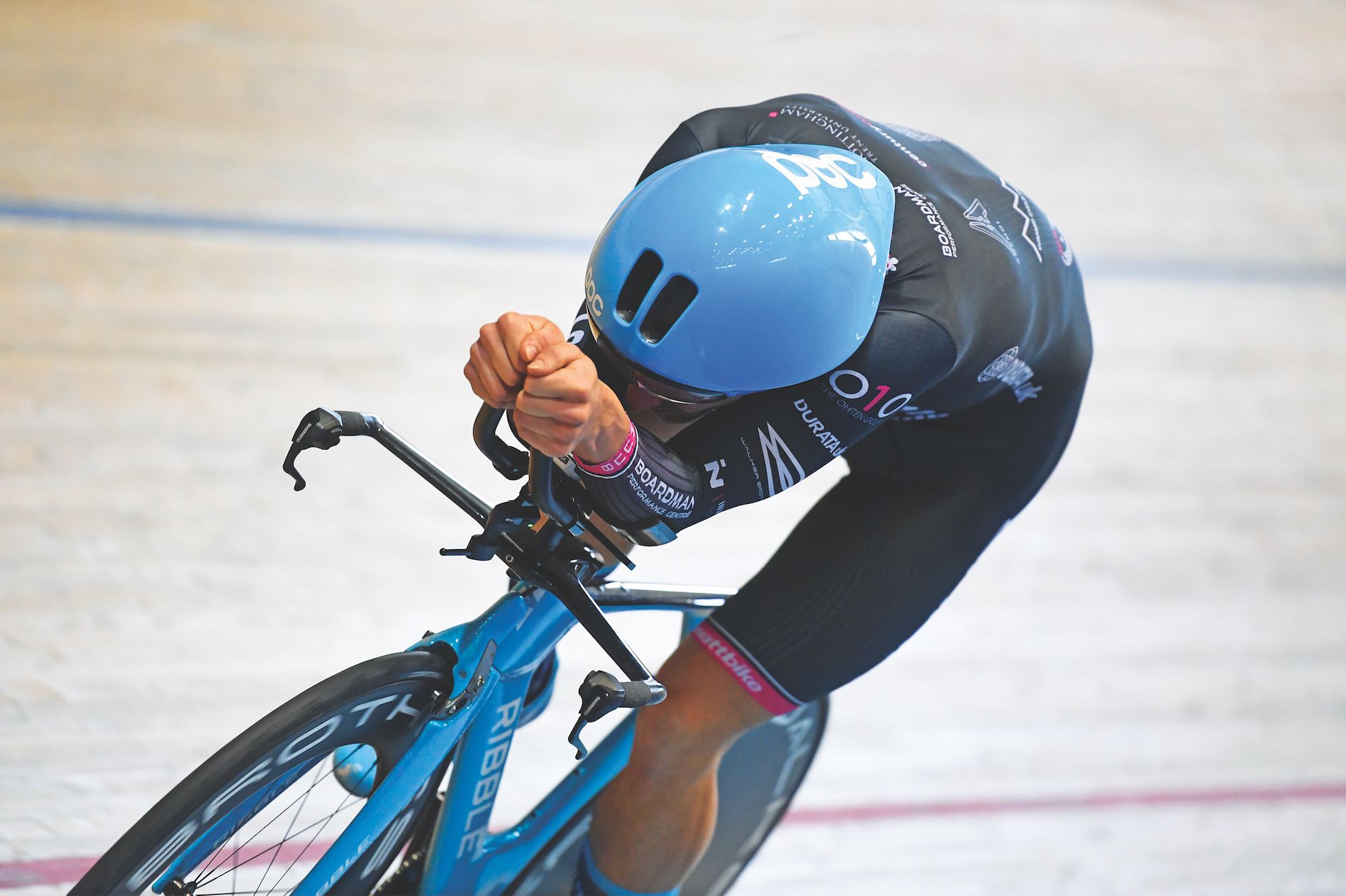 Four, the record: Inside the race to smash the Individual Pursuit four-minute barrier
Four, the record: Inside the race to smash the Individual Pursuit four-minute barrierThe individual pursuit may no longer be an Olympic event but the race to break the four-minute barrier has taken on a new urgency
By Simon Smythe Published
-
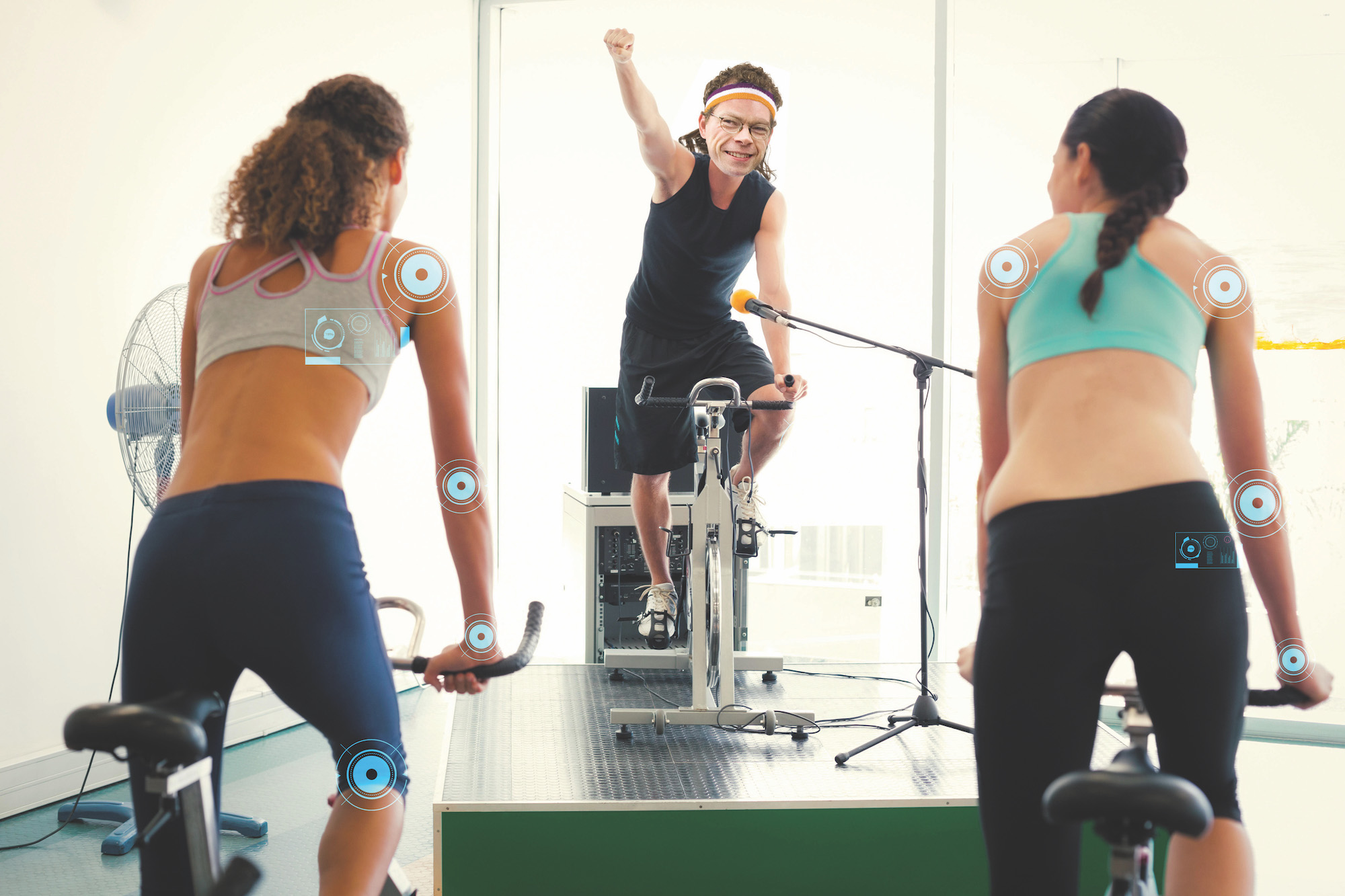 Dr Hutch: I can't afford the only greatness I have to be overlooked
Dr Hutch: I can't afford the only greatness I have to be overlookedThe Doc finds that demonstrating his cycling superiority outside the context of a race is not as easy as he had hoped
By Michael Hutchinson Published